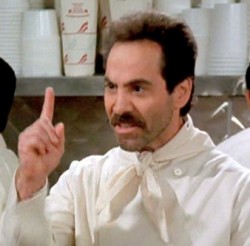Tiny stroke flinches? You have a corrosive way with words. When the end result is getting on the shot line accurately then what you see as complex might actually resolve to a rather simple set of movements which allow the player to get into the shot with high confidence that the line is right. Do you think that you have some aiming method that never requires conscious adjustment for various reasons? For shots that go directly to a pocket there is no adjustment needed ever. For bank shots there are table/humidity condition variables that sometimes require a slight adjustment. Stan outlines this clearly. Try learning any banking or kicking system and any competent instructor will explain the adjustments based on those variables.Sales revenue is the only reason CTE is here. It attempts to answer the question: How do you make a career of teaching someone to make a ball?
Ghost ball fails there as will contact geometry. The sell in pool is technique, then application. Stan's technique is already overly complex in attempting to address CTE's requirements. The "just three lines" seems to require independent calibration of the eyes and tiny stroke flinches (yeah, that's in one of the truths) per discreet shot. Not pseudo intellectual???
A career? Once again, based on my knowledge of time+effort+cost of production I am pretty sure that there isn't much profit in this. Stan was retired when he took this on. I could set him with a WAY more profitable business that requires far less effort and has nearly zero chance of being criticized in the vile ways that you all take so much joy in.
No not pseudo-intellectual. Observational/experiential and results-oriented. Ever heard of Dick Fosbury? Probably not but now you know the name. Dick could have attempted to explain HOW his method worked and he might have in defense of it but the fact is that his results blew away the competition at the time and now his method is the standard in high jumping. The Fosbury Flop was ridiculed but ultimately adopted universally. What seems strange and "overly complex" to some might actually be fairly simple but requires a change in paradigm.
No one is trying to rewrite the laws of physics or mathematics. Repeatedly observed phenomena conforms to the laws of both on our plane of experience even if we don't have the underlying math to back it up. While it might be helpful to have the math so as to calculate the size of the lever and fulcrum needed to move the world the fact is that figuring out that a long stick and a smaller rock can be used to move a much larger rock doesn't require math or physics knowledge. So it is in pool also. Discovering that objective visual methods to address the balls coupled with specific physical motions leads to a higher degree of accuracy has happened independently of knowledge of the strict physics and math that underpin them. And the best part is that it really does not matter if the math/physics are ever known. Because when consistent results are wanted and they are achieved then there really isn't any need to layer on knowledge that doesn't improve the results.
And who knows....maybe someday a pool playing mathematician who creates a math-based system that works decently like Poolology seems to will take on CTE and discover how to be even more precise through the use of some form of math based instruction. For now though we have a great method that doesn't require any of that. All the time you all have spent arguing against it you could have learned it and been enjoying the results in my opinion. Or if it seems like too much for you then don't bother and move on to something else that brings you joy.
Or stay here and try to save the world's players from considering the Center to Edge method of aiming.
